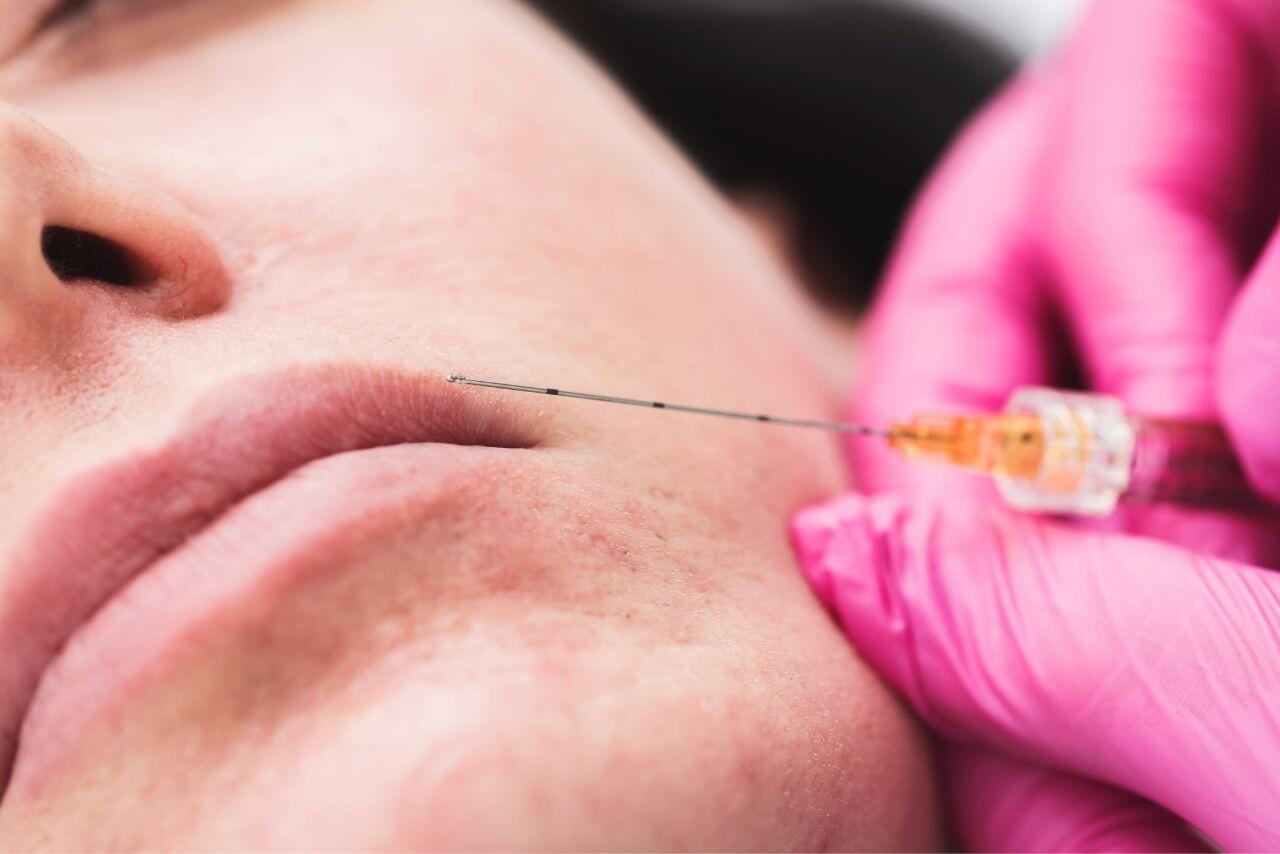
Dermal fillers are very popular as they help patients achieve a realistic, youthful look. This cosmetic treatment helps people feel more confident about their appearance. Usually, hyaluronic acid is used as a filler to increase the volume in the required areas of the skin. This process offers quick results which can last from a few months to a year or more. Traditionally, dermal filler injections have been used to administer the fillers. Though needles are still the most used way to inject dermal fillers, using a cannula instead of needles is gaining popularity. (Explore the full range of our genuine Dermal Filler supplies.)
Cannula Vs. Needles: Which Is Better?
The majority of practitioners still use needles, but the use of cannulas is on the rise. This is mainly because of the many advantages cannulas have over needles. However, the cannula requires more technical expertise on the part of the practitioner than the needle. The sharp tip of the needle can easily pierce through and reach the intended area, while the blunt tip of the cannula requires some patience and expertise.
Benefits Of Needles And Cannula Methods
Both needles and cannulas have their advantages. Mainly it depends on where, how, and who will use it to decide which option to choose. Some of the main benefits of these two options are:
Cannula
- As the cannula’s tip is blunt, it cannot pass indiscriminately through the skin. A needle can go through an artery or vein. This can cause bruising and even serious complications. With a cannula, there is less chance of bruising.
- It is easier for the practitioners because they can have a better feel about the area being probed by the cannula. As the cannula goes in, every obstruction and resistance is felt.
- A cannula is longer and fewer jabs are required to achieve the same results. This can mean less pain for patient.
- The same entry point can be used for multiple areas.
- The cannula is flexible, and the movement is freer and allows better precision.
Needles
- If a small procedure is to be carried out and only a small filler is required, then needles are a better option.
- Needles are better for touch-ups or re-filling when it is done to maintain the appearance of an area treated earlier.
- The long length of the cannula may seem beneficial to some, but some practitioners see this as a disadvantage. A small needle may allow more accuracy, more so where a lot of precision is needed.
Conclusion
Both methods indeed have some benefits, and it mainly depends on the area being filled and the preference of the patient and the practitioner. Some practitioners feel more confident with a needle, while others find cannulas easier to wield. Many practitioners even use both methods and switch between the two depending on the specific case. The patient must be made aware of all the pros and cons of both the cannulas and needles and given the freedom to make their decision.

About the Author: Doris Dickson is a specialist writer for Health Supplies Plus, focusing on the aesthetic medicine industry. She diligently researches cosmetic treatments and products to provide clear, concise information relevant to licensed medical professionals. Her work supports Health Supplies Plus’s commitment to being a reliable informational resource and trusted supplier for the aesthetic community.
Disclaimer: The content provided in this article is intended for informational purposes only and is directed towards licensed medical professionals. It is not intended to be a substitute for professional medical advice, diagnosis, or treatment, nor does it constitute an endorsement of any specific product or technique. Practitioners must rely on their own professional judgment, clinical experience, and knowledge of patient needs, and should always consult the full product prescribing information and relevant clinical guidelines before use. Health Supplies Plus does not provide medical advice.
